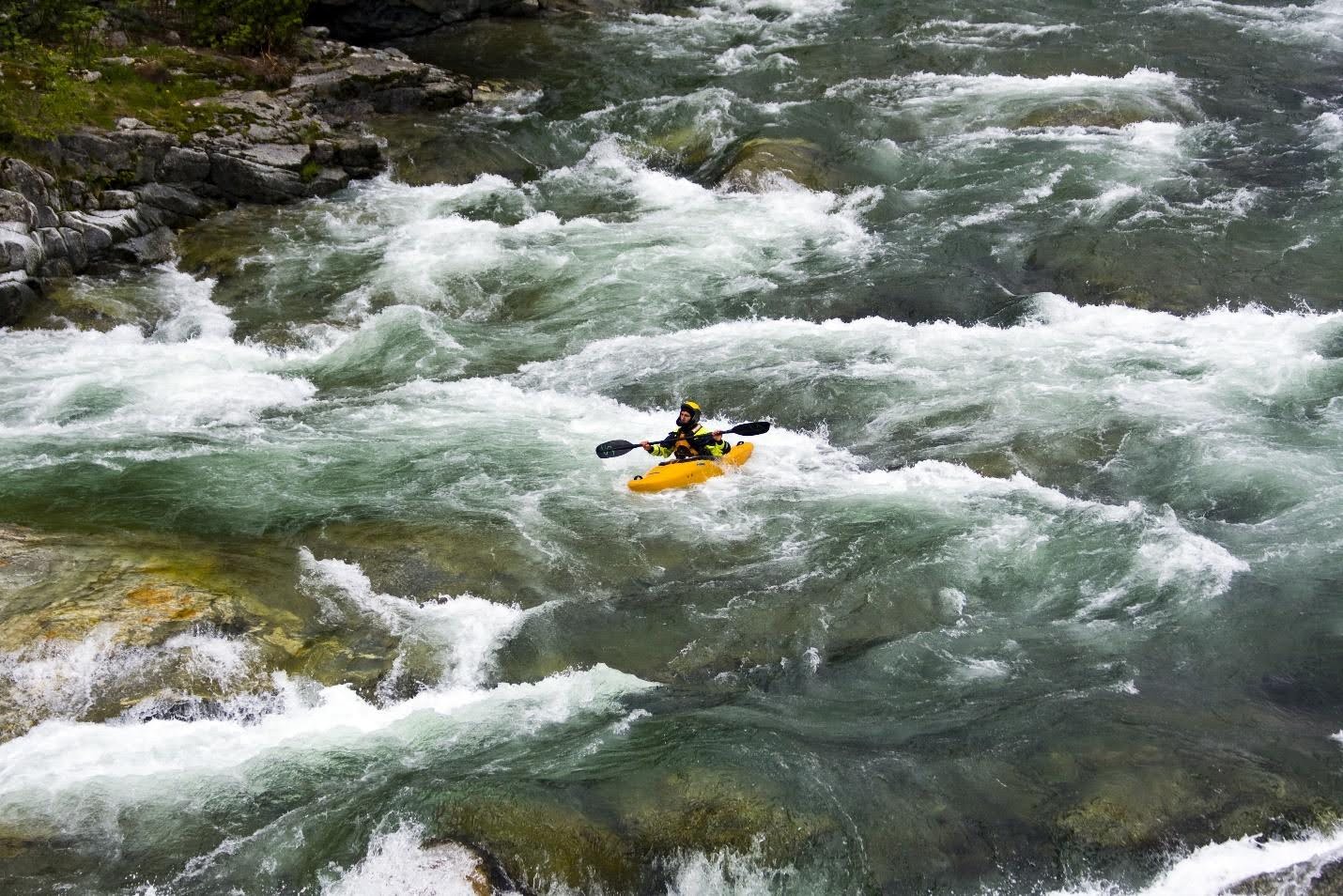The Safety Tips for Beginners in Whitewater Rafting
One of the most thrilling outdoor activities, whitewater rafting offers a special fusion of adrenaline, adventure, and teamwork. Understanding and sticking to fundamental safety regulations is crucial, regardless of whether you’re negotiating Class I or mastering Class IV.
Being ready is essential for success, whether you’re selecting suitable rapids, wearing the right clothes, or rehearsing safety procedures. You will be sure that you and your fellow adventurers will be secure while still enjoying the excitement of the river if you heed these suggestions.
Choose the Right Class of Rapids
Every rapid is different when it comes to whitewater rafting. Based on the level of difficulty, rapids are divided into several classes from Class I to Class VI. Class I and II rapids are perfect for beginners because they are comparatively moderate and relaxing. These provide an excellent introduction to the sport without overwhelming.
Class III rapids are more exciting and moderate, as they still call for a basic understanding of raft management and steering. Gradually, more difficult levels are Class IV and V as you gain more experience. Starting slowly can help you gain critical abilities like paddling, maneuvering, and understanding river dynamics.
Wear the Right Safety Gears
There is no exchange of safety equipment when it comes to rafting. You will require the following essential items:
Life Jacket: The most crucial piece of safety gear is the life jacket. When on the water, it should always be worn and fit tightly.
Helmet: Keeping your head safe is essential, particularly when crossing rocky terrain and turbulent water.
Appropriate Clothes: To be warm and safe, you might require a wetsuit or other clothing, depending on the weather and water temperature. Good-grip water shoes will also help keep your feet safe.
Before every journey, make sure that all of your equipment is safe and working. Keep in mind that being ready for anything unexpected is more important than simply being comfortable.
Practice Paddling Technique
Correct paddling technique is one of the most important whitewater rafting skills. You can navigate your boat, keep balanced, and avoid obstacles with the right technique. Be sure that you understand the differences between sweep, reverse, and forward strokes. Sweep strokes are used to change direction rapidly, while forward strokes propel the raft in the desired direction.
Coordination is essential for efficient navigation, so always paddle in unity with others. Listen carefully to your guide’s paddling instructions if you’re rafting with them. Maintaining equilibrium and employing appropriate strokes can help you keep your raft under control and avoid turning over in bumpy rapids.
Follow Your Guide’s Instructions
Rafting with an experienced guide is recommended if you are a beginner. Experts can help you handle different rapids by navigating a variety of river conditions. They will instruct you on proper paddling techniques and how to stay in control under pressure.
Before and throughout the journey, pay close attention to what your guide says. They will show safe paddling methods, emergency procedures, and safety precautions. To prevent mishaps, follow your guide’s instructions.



